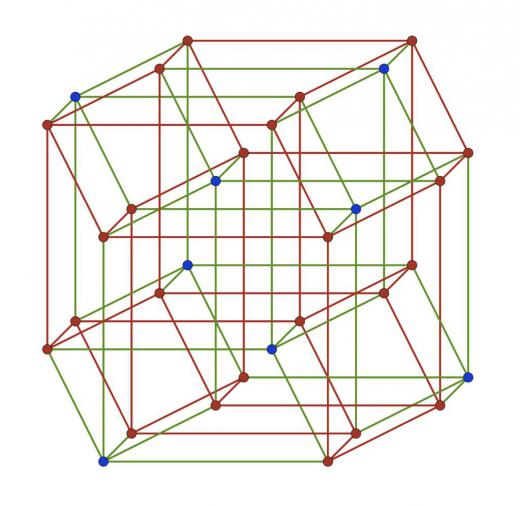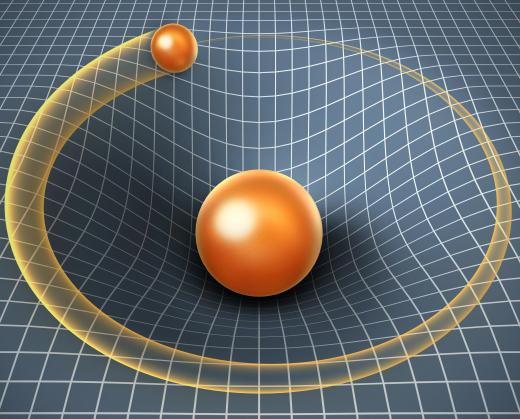What Is Multi-Dimensional Space?
Humans experience day-to-day reality in four dimensions: the three physical dimensions and time. According to Albert Einstein’s theory of relativity, time is actually the fourth physical dimension, with measurable characteristics similar to the other three. An ongoing field of study in physics is the attempt to explain both relativity and quantum theory, which governs reality at very small scales. Several proposals in this field suggest the existence of multi-dimensional space. In other words, there may be additional physical dimensions that humans cannot perceive.
The science surrounding multi-dimensional space is so mind-boggling that even the physicists who study it do not fully understand it. It may be helpful to start with the three observable dimensions, which correspond to the height, width, and length of a physical object. Einstein, in his work on general relativity in the early 20th century, demonstrated that time is also a physical dimension. This is observable only in extreme conditions; for example, the immense gravity of a planetary body can actually slow down time in its near vicinity. The new model of the universe created by this theory is known as space-time.

Since Einstein’s era, scientists have discovered many of the universe’s secrets, but not nearly all. A major field of study, quantum mechanics, is devoted to learning about the smallest particles of matter and how they interact. These particles behave in a very different manner than the matter of observable reality. Physicist John Wheeler is reported to have said, “If you are not completely confused by quantum mechanics, you do not understand it.” It has been suggested that multi-dimensional space can explain the strange behavior of these elementary particles.

For much of the 20th and 21st centuries, physicists have tried to reconcile the discoveries of Einstein with those of quantum physics. It is believed that such a theory would explain much that is still unknown about the universe, including poorly understood forces such as gravity. One of the leading contenders for this theory is known variously as superstring theory, supersymmetry, or M-theory. This theory, while explaining many aspects of quantum mechanics, can only be correct if reality has 10, 11, or as many as 26 dimensions. Thus, many physicists believe multi-dimensional space is likely.
The extra dimensions of this multi-dimensional space would exist beyond the ability of humans to observe them. Some scientists suggest they are folded or curled into the observable three dimensions in such a way that they cannot be seen by ordinary methods. Scientists hope their effects can be documented by watching how elementary particles behave when they collide. Many experiments in the world’s particle accelerator laboratories, such as CERN in Europe, are conducted to search for this evidence. Other theories claim to reconcile relativity and quantum mechanics without requiring the existence of multi-dimensional space; which theory is correct remains to be seen.
AS FEATURED ON:
AS FEATURED ON:












Discussion Comments
Our universe in contained within another "space" that is pulling the matter of the universe away from its center. This is the expansion that is seen. Our universe did not come from "nothing" but has leaked out from the Mother Universe. It is multi-dimensional and accounts for gravity being omni-directional.
What if we can have as many dimensions (like adding a 4th dimension: sound(db) or any axis in a <> angle than 90) as we like and any try not to expand the number of dimensions, but to reduce them to two dimensions (like a 0,1).
Since we try to "travel in time" let's try to look at the line between two points, from a point very close to the line. The projection of those two points (to the line form to the projection of this new point to the two points line) gives the line axis for a dimension where you only have to travel a short distance to actually reach the second point.
So in traveling via the other dimension, we can reach faster.
Post your comments